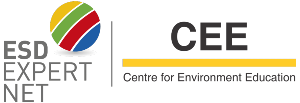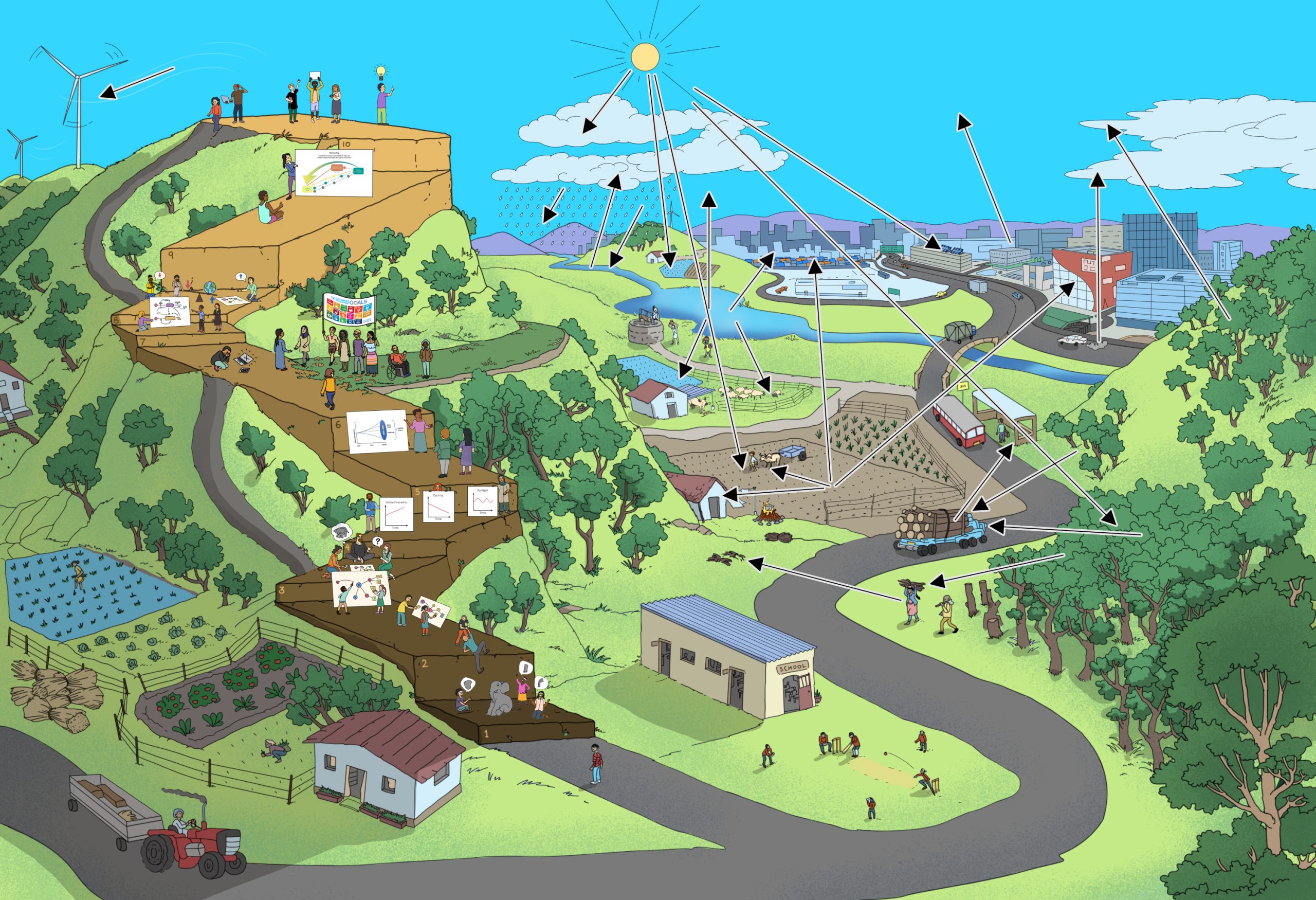Narration and Storytelling
Suitable for Step 8, 9
Duration
30- 40 minutes
Material Needed
Positive narratives or stories
Group size
Up to 30 or larger groups
Objective
To engage learners in positive, solution-oriented learning and action for sustainable development.
Description
Our globalized world has many challenges – from poverty to climate change, and loss of biodiversity. With the “2030 Agenda”, the United Nations has set a global development program to face these challenges. Education for Sustainable Development (ESD) offers the possibility to address these challenges as opportunities to develop better solutions. The learning method of storytelling or using narrations is well-suited for this.
When introducing or discussing global challenges, teachers can narrate real life cases about people with new ideas, actions related to the selected topic, and their success stories or experiences.
Of course, the lessons may not be limited to the stories and in no case ignore the real challenges and their various dimensions. Instead, the stories may be used to reflect on their transferability to other contexts or to inspire creative solutions for other challenges.
To tell an engaging story, try to structure your content:
- Setting – characters, place, time
- Problem starting event
- Character – reaction and plan
- Attempt(s) to solve problem
- Consequences
- Resolution
Contribution to Systems Thinking competence
Systems thinking in the context of ESD can be exploratory and solution oriented. The use of positive stories encourages solution-oriented attitudes and can inspire creativity in the search for further solutions, as compared to a problem-oriented approach.
EXAMPLES
Stories about low fat potato chips, collaborative production systems, organically grown cotton or other sustainability ideas, products and strategies might be suitable in this context.
Teaching the Sustainable Development Goals
This resource provides information about the SDGs and offers suggestions on how to teach and support learning for sustainable development. Each SDG-chapter in this book opens with a note on the nature of the challenge. Many of the challenges are not new to us and there have been efforts to alleviate them. Seventeen such relevant and meaningful efforts are offered in this resource as “stories of change” to illustrate how every effort matters and that there is something to learn from it. These stories have been taken from the four ESD Expert Net member countries: Germany, India, Mexico, and South Africa. You can download this resource from the ESD Expertnet website.
https://esd-expert.net/files/ESD-Expert/pdf/Teaching_the_Sustainable_Development_Goals.pdf

Additional resources
Storytelling
National Geographic Education Blog | Strategy Share: The Power of Storytelling for Conservation

